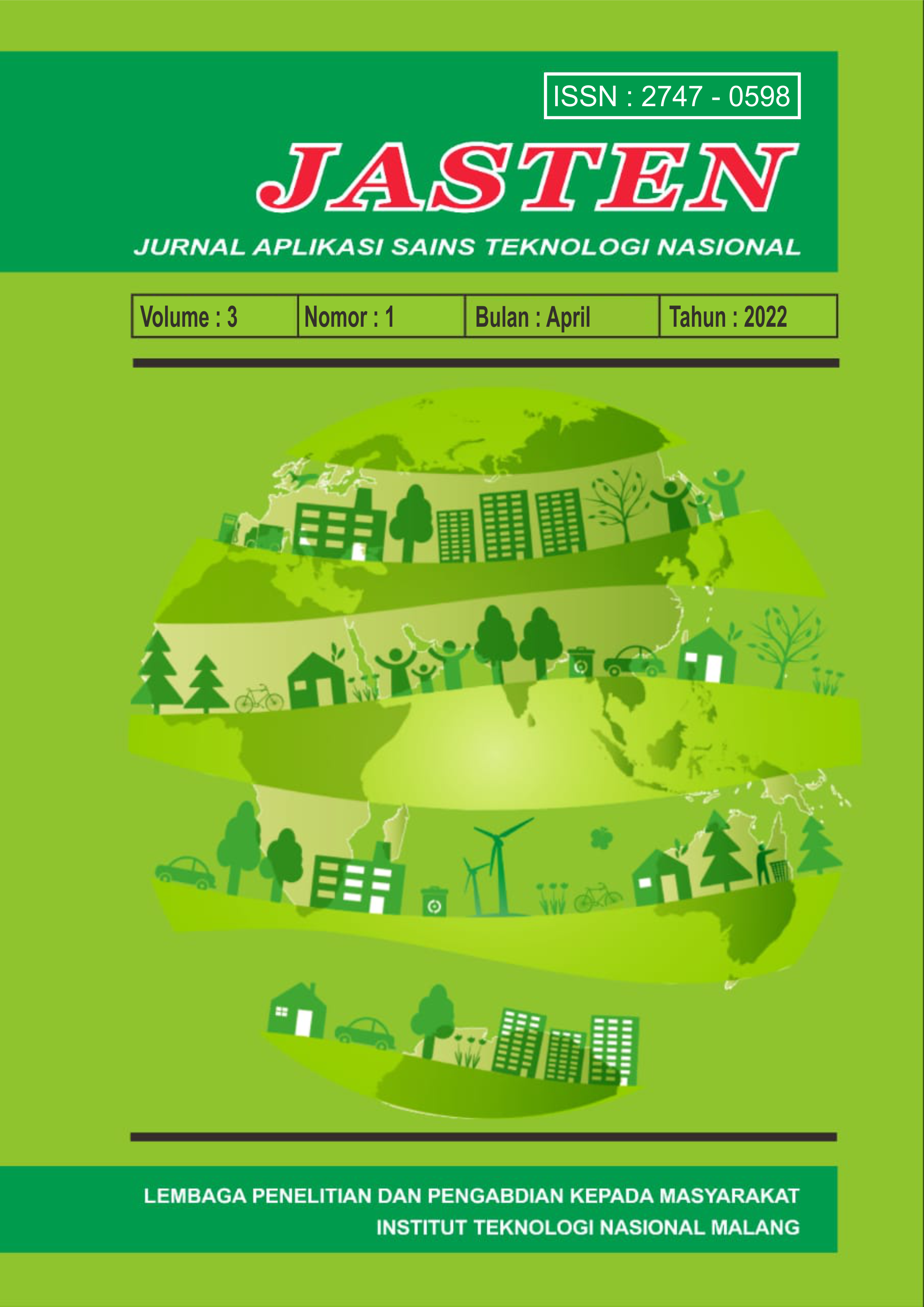Utilization of Idle Land to Increase Indonesian Soybean Production to Meet Community Needs
Abstract
The deficit of soybean in Indonesia is estimated at 226% by 2019 (Preliminary Study of the National Medium Term Development Plan / RPJMN, Directorate of Food and Agriculture, 2013: 169). In Indonesia, soybeans are a strategic food commodity, in third place after rice and maize. Every day, soybeans are consumed by almost all people. Soybean consumption in Indonesia averages 8.22 kg / capita / year (Directorate of Food and Agriculture, 2014: 6). On the one hand, Indonesia is currently the 6th largest soybean producing country in the world (Heriyanto, 2012: 116 and the Center for Agricultural Data and Information Systems, 2014: 36). On the other hand, Indonesia is the 9th largest soybean importer country in the world (Center for Agricultural Data and Information Systems, 2013: 36). ). BATAN assesses that imported soybeans other than transgenic, the levels are left behind, may be taken by their country of origin or because they have taken too long to travel (Directorate of Food and Agriculture. 2013: 154). The purpose of this community service is to invite the community to produce domestically produced soybeans so that the need for soybeans can be met, but not from imports. Can change the mindset of soybean farmers not to change to other crop commodities, especially plants with lower protein value and less benefit. Inviting the community / farmers to change the function of the land or use the land. The service was carried out by applying 5 superior seeds planted under the sengon tree using the intercropping method. Processing and data analysis using experimental design, which is in accordance with the treatment. In the cultivation of domestically produced soybeans, many varieties have been found, so the model used is random, meaning that the conclusion applies to all other domestically produced soybean varieties. The research was carried out in areas with high soybean consumption but very little production, among others in Malang (Malang Regency). The results of the analysis using a subsampling block design with a random model for the treatment of varieties with the planting location under the sengon tree in Pulung dowo village, Tumpang sub-district, Malang district.
Downloads
Copyright (c) 2022 Nelly Nelly, Renny Septiari, Sony Haryanto

This work is licensed under a Creative Commons Attribution 4.0 International License.


